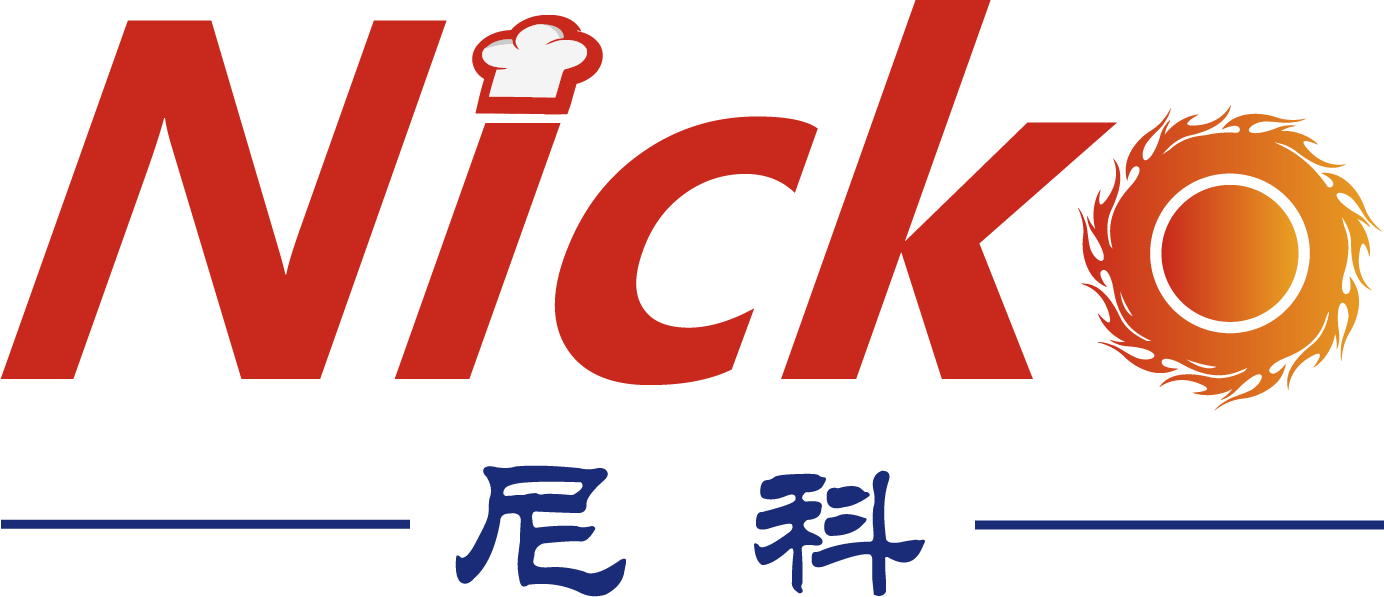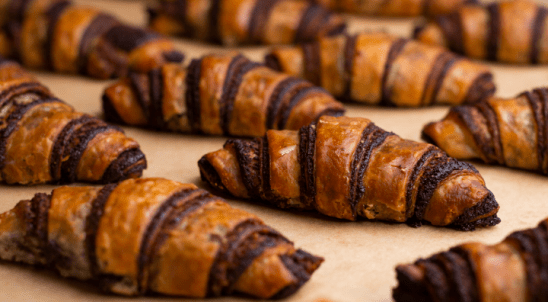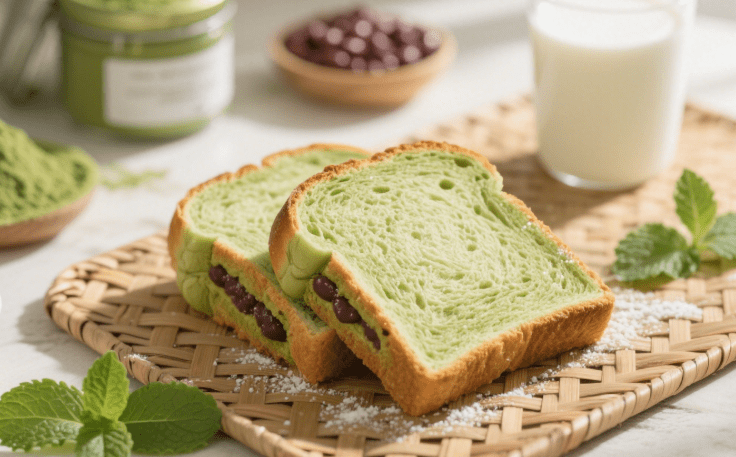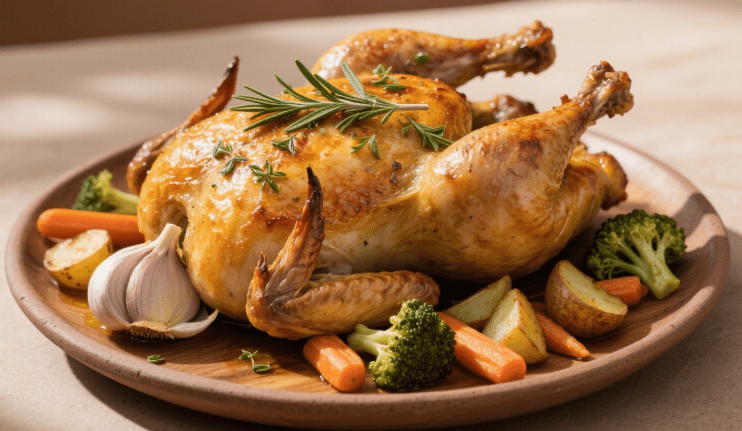For large bakeries, the choice of oven is a key factor in shaping the reputation of the bakery.
Market insights reveal that approximately 80% of consumers gauge a bakery’s excellence by the quality of its bread, underscoring the critical role of oven performance (Source: 2023 Consumer Behavior Report on China’s Bakery Industry).
Amid the vast array of commercial bread baking ovens available, how does one identify the perfect fit? For large-scale operations, what constitutes the ideal commercial bread baking oven? Below is a comprehensive guide tailored to the needs of large bakeries.
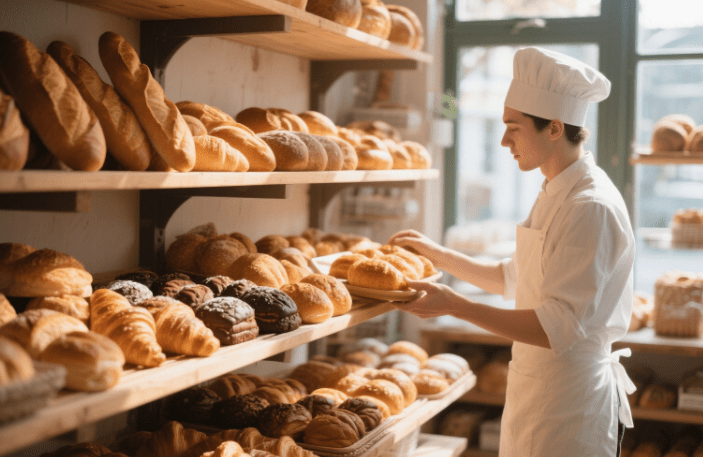
1.Match Oven Capacity to Production Demands
With a wide variety of oven types available on the market—differing significantly in size and single-batch capacity—your selection should be based on two key factors: kitchen space constraints and daily production needs.
Recommended Model: The Nicko’s 12/16/32/64-tray Rotary Oven, offering versatile tray capacities (12 to 64 trays) to suit diverse production scales. Nicko’s 12/16/32/64trays Rotary oven: https://www.nicko.com.cn/product/12-16-32-64trays-rotary-oven/
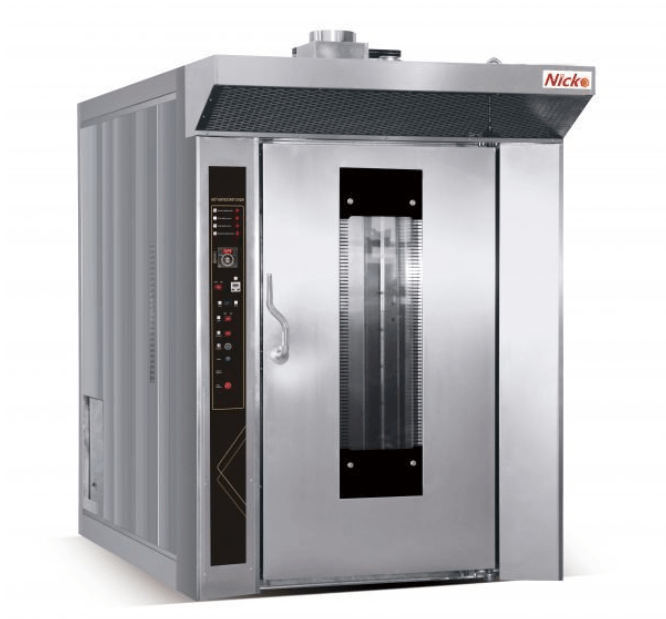
Production Scenario Recommendations
| Daily Output (Bread Units) | Operational Context | Ideal Oven Type | Tray Capacity | Single-Batch Output |
|---|---|---|---|---|
| < 1,000 units | Small Bakeries | 6-10 Tray Deck Oven | 6-10 trays | 100-200 units |
| 1,000-3,000 units | Medium-Sized Bakeries | 12-16 Tray Rotary Oven | 12-16 trays | 200-400 units |
| > 5,000 units | Central Production Facilities | Tunnel Oven | Continuous | 1,000+ units |
Industry Data: A 2023 report by the International Baking Industry Exposition (IBIE) indicates that medium-sized bakeries using 12-16 tray rotary ovens achieve 18% lower energy consumption per unit and 25% reduced labor costs compared to deck ovens.
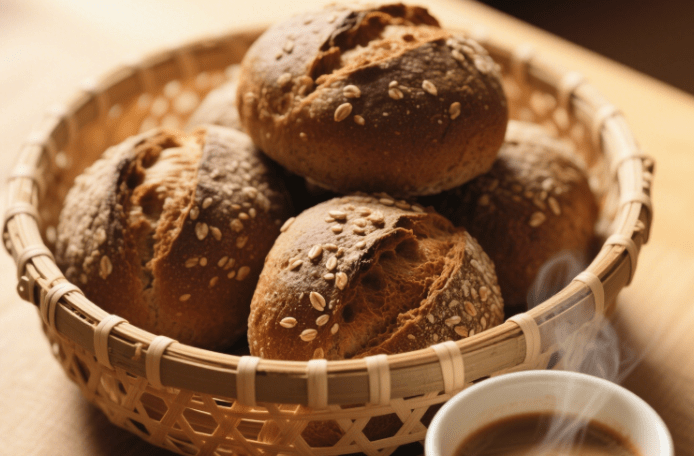
2.Prioritize Precision Temperature Control
Modern large-scale bakeries are increasingly choosing ovens equipped with high-precision temperature control systems (temperature range from 30°C to 300°C). According to tests by the Institute of Food Technologists (IFT), the temperature fluctuation range of ovens equipped with PLC intelligent temperature control can be controlled within ±1.5°C.(View the precise temperature on the LED screen.)
Quality impact: Such precise temperature control significantly improves the color uniformity of the bread crust and maintains the moisture inside, resulting in a crispy outside and tender inside bread.
3.Opt for Stainless Steel Construction
Stainless steel-lined ovens are favored by large bakeries for their superior durability:
| Feature | Stainless Steel Ovens | Enamel-Lined Ovens |
|---|---|---|
| Temperature Resistance | Withstands 800°C | Max 500°C |
| Corrosion Resistance | 304-grade stainless steel (9+ corrosion rating) | Prone to chipping/ rusting |
| Maintenance | Smooth surface, easy to clean | Porous enamel traps debris |
| Lifespan | 10+ years | 5-8 years |
A McKinsey study found that stainless steel ovens have significantly lower maintenance costs over a ten-year period compared to enameled ovens. Nicko rotary ovens feature a full stainless steel housing and Schneider relays and comply with EU food contact standards (EC 1935/2004).

4.Evaluate Energy Source Options
Electric vs. Gas Ovens: A Comparative Analysis
| Aspect | Electric Ovens (Nicko’s) | Gas Ovens |
|---|---|---|
| Temperature Stability | ±1.5°C precision | ±3°C fluctuations |
| Installation Complexity | Plug-and-play (3-phase power) | Requires gas pipeline setup |
| Daily Energy Cost | ~¥336 (16-tray model) | ~¥750 (¥3/m³ gas price) |
| Safety | Overheat protection | Risk of gas leaks |
Market Trends: In 2023, a survey of 100 large Chinese bakeries showed that 62% of bakeries prefer electric ovens because of their stable baking effect and easy cleaning. It is worth noting that according to an authoritative sampling survey, 38% of gas oven users have abandoned their expansion plans due to high installation costs.
Energy saving: Nicko’s electric oven uses Japanese imported electronic burners and 120K density rock wool insulation materials, which can significantly reduce energy loss.
5.Ensure Robust Safety Features
Critical safety provisions for commercial ovens include:
Automatic shut-off mechanisms
Overheat protection systems
Explosion-proof glass (withstands 400°C temperature shocks)
10-15mm fire-resistant chamber castings (2-hour fire rating)
The Nicko’s Rotary Oven, certified to UL 300 standards, includes independent over-temperature protection and leak-proof seals, minimizing operational risks.
6.Prioritize Operational Ease
For high-output environments, intuitive controls are essential:
Smart Touch Panels: Support 12 pre-programmed baking modes, reducing setup errors by 60% (MIT ergonomic research).
Mobile Cart Design: Saves 30% loading/unloading time compared to static deck ovens, ideal for 2,000+ unit daily outputs.
Visual Monitoring: Heat-resistant tempered glass windows allow real-time baking observation without heat loss.
Conclusion
Selecting an oven for a large bakery requires balancing production scale, temperature precision, material durability, and safety. The Nicko’s Rotary Oven, with its modular tray systems, energy efficiency, and international certifications, stands as a trusted choice for Michelin-starred bakeries and major chains alike (2023 Michelin Supplier Data).
By aligning equipment choices with data-backed insights, large bakeries can optimize both product quality and long-term profitability.
